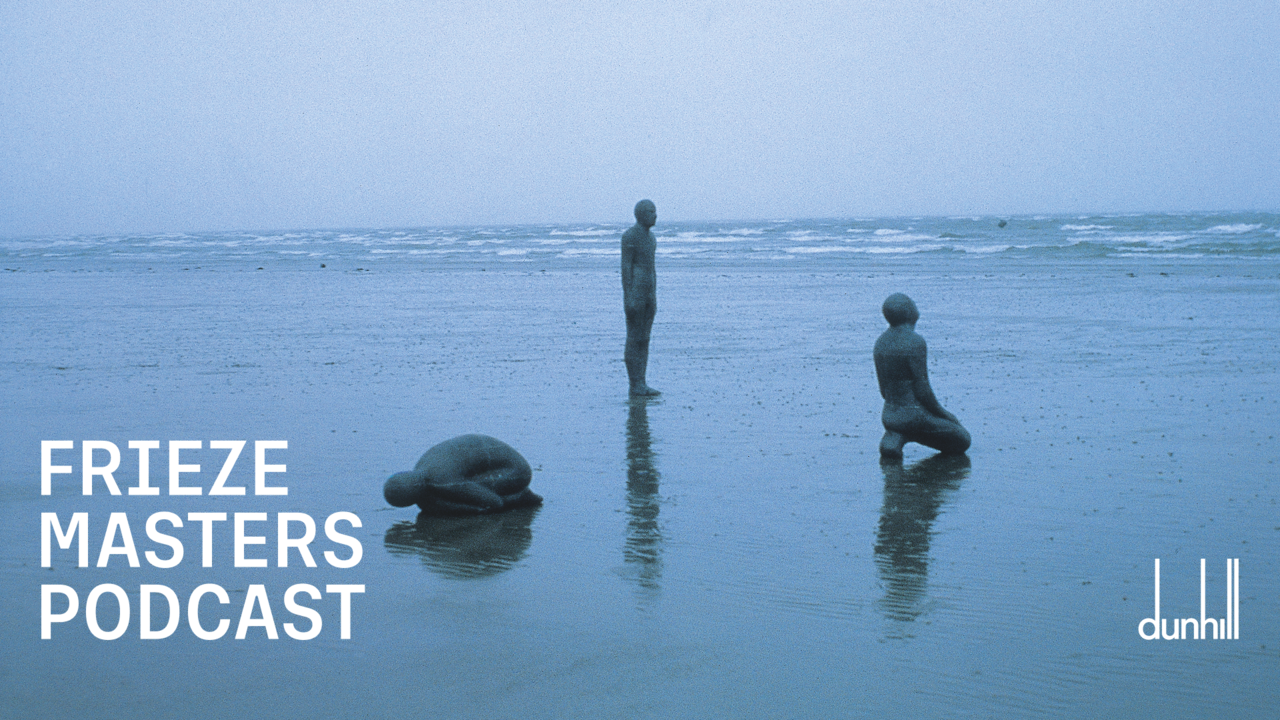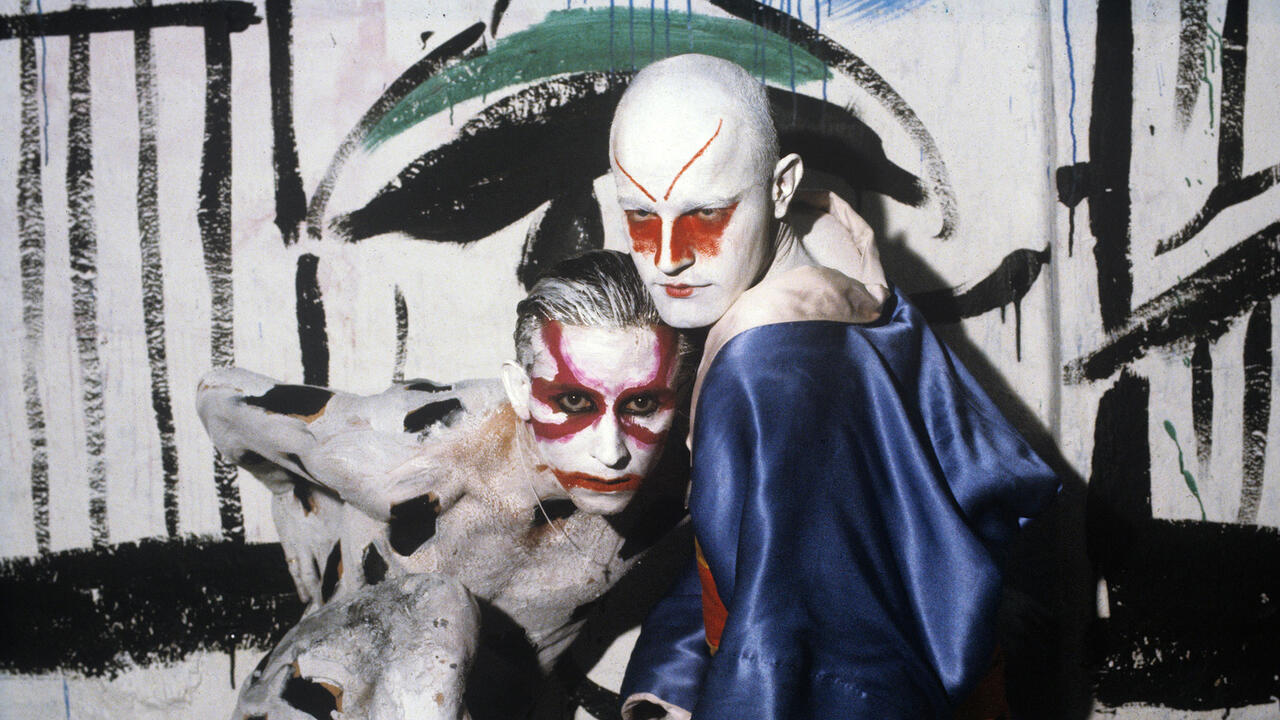Manuel Graf
Kunstverein in Hamburg
Kunstverein in Hamburg

Manuel Graf’s exhibition Ils sont fous ces Romains! (These Romans are crazy!) had an intuitive coherence, but one that radiated ambivalence. And on closer inspection, this ambivalence only became more nuanced rather than disappearing. The works on display – films shot in a seemingly objective documentary or educational style, a small collection of what appeared to be historical artefacts, a rigorously formal diagram of complex spatial structures – proved cryptically fictional. The exhibition took place on the Kunstverein’s lower level; this square windowless space was dark, except for Graf’s video screens, sometimes flickering in unison.
The two-part film Let music play? (2012) formed the core of the presentation. In the dark, it was hard to see that the video projector stood in the middle of a shallow, square pool of water; the film sequences reflected on its moving surface with a slight tremble. The work seemed like an educational film on architecture, complete with animated maquettes and elevations; a narrator offers sober explanations in English about historical building styles: longitudinal studies, central layouts as well as the hypostyle hall that can be extended infinitely in all directions. The lecture then moved on to the four-iwan mosque, an architectural type combining the above mentioned features. In Persian architecture, the iwan is a hall open only to the front. In the four-iwan model, the elements are arranged around a rectangular courtyard in such a way as to face each other in two pairs, thus creating a space that is neither clearly interior nor exterior. Graf is interested in this spatial ambivalence, an aspect formally referenced in the square pool of water and the projected images. From time to time, associative sequences are edited into the film in unexpected ways, both adorning and undermining the continuity of the factual discourse. The film also develops a strange interplay of difference and repetition: after ten minutes, it starts over with almost identical images but accompanied this time by a hypnotic soundtrack instead of a narrator – a shift that encourages different and more open readings of the visual material.
The work Neolithic Memory Stick (2012) includes a softly-lit vitrine filled with handmade and archaic-looking ceramics, including bowls, jugs, vases and beads. The vitrine forms a self-contained counter-image to the flow of virtual animations and film sequences. It was combined with a five-minute video which showed the presented objects but could be watched only from behind the vitrine. Thus, the objects and the film of them could never be seen together – one always being a memory projected onto the other. The vaguely exotic items were more reminiscent of artefacts from an ethnological museum than contemporary sculptures. Yet this impression shifted after a closer look at the text fragments sealed into glaze of the ceramic objects. One might ponder their potentially Stone Age origins, except one of the bowls offers the following fragmentary message, arranged in an inward spiral: ‘THE BLACKBERRY IS MORE OF A WORK PHONE, AND THE i-PHONE IS A PLEASU.’ (the ‘r’ and ‘e’ are missing). Verging on satire, the resulting connection makes any attempt to historically pinpoint the objects useless. The film seems to reflect this shift by showing the ceramics in the vitrine one after the other, in a gentle wave motion, with the text fragments as subtitles – all with the slowness of a dream, like some archaic visualization of memory.
In the video La Mediterraneé (The Mediterranean, 2010), Graf combines standard film genres like documentary and the music video to develop a brief history of the settlement of the Mediterranean region. The theme and structuring principle of this film collage is based on an approach developed by historian Fernand Braudel: dissolving history into longer-term rhythms instead of understanding it as a continuous sequence of events. This notion of difference and repetition played out across Graf’s show: working to break down the borders of linear ways of seeing, thinking and knowing.
Translated by Nicholas Grindell















